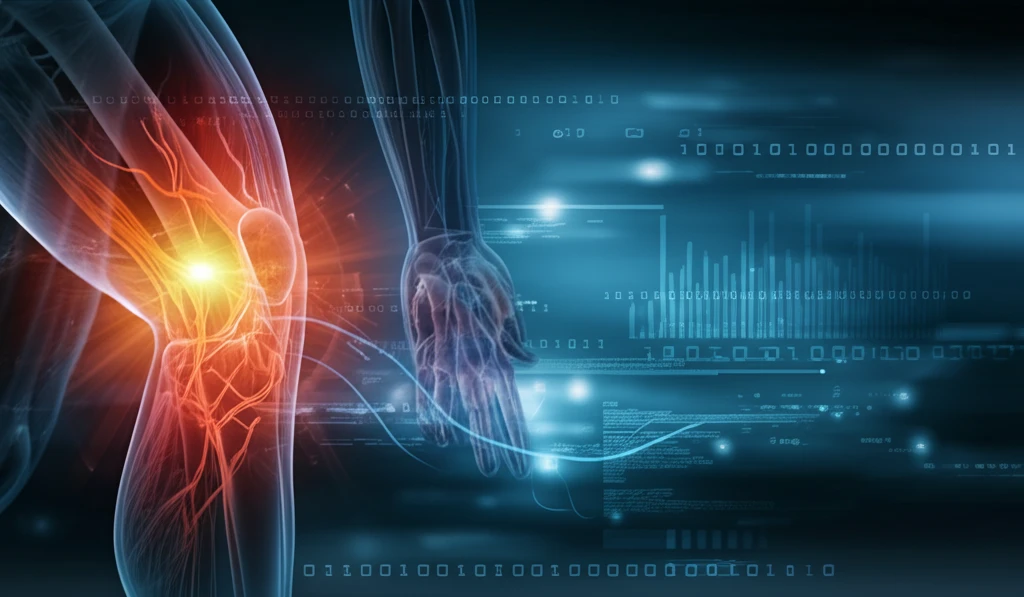
ACL Reconstruction: Can Dynamic Training Improve Your Knee's Response?
"A New Study Explores How Neuromuscular Training Can Enhance Recovery and Stability After ACL Surgery"
Anterior cruciate ligament (ACL) injuries are common among active adults, often resulting from sports-related activities. Reconstruction of the ACL is a standard procedure aimed at restoring joint stability. However, even with successful surgery, many patients continue to experience a sense of instability in the knee, highlighting the need for comprehensive rehabilitation strategies.
Traditional approaches to ACL rehabilitation primarily focus on restoring mechanical stability. Emerging research suggests that addressing the neuromuscular deficits that arise from ACL injuries is crucial for optimizing patient outcomes. Proprioception, the body's ability to sense its position and movement in space, is often impaired after an ACL injury, leading to altered muscle activation patterns and reduced dynamic stability.
A recent study published in the European Journal of Orthopaedic Surgery & Traumatology investigated the impact of dynamic neuromuscular training on improving muscle response and knee stability after ACL reconstruction. The study aimed to assess how muscle latency time, a measure of how quickly muscles respond to dynamic movements, changes over time with targeted training interventions. This research provides valuable insights into how rehabilitation programs can be tailored to enhance neuromuscular control and reduce the risk of re-injury.
What is Muscle Latency and Why Does It Matter for ACL Recovery?

Muscle latency refers to the time it takes for a muscle to activate in response to a stimulus or a movement. In the context of ACL injuries, increased muscle latency can compromise knee stability and increase the risk of secondary injuries. When the muscles surrounding the knee joint don't activate quickly enough, the joint is more vulnerable to instability during dynamic activities like jumping, pivoting, or landing.
- Vastus Medialis: Showed a significant delay in the injured knee before surgery. Post-surgery, dynamic training helped reduce this delay, approaching the response time of the non-injured knee.
- Rectus Femoris, Biceps Femoris, and Semitendinosus: These muscles displayed similar reaction times in both injured and non-injured knees, both before and after surgery, indicating that recovery was good across these muscles.
- Vastus Lateralis: While there was some improvement, it was not as significant as the vastus medialis.
Empowering Your ACL Recovery with Dynamic Training
The study suggests that dynamic neuromuscular training can be a valuable tool in optimizing outcomes after ACL reconstruction. By improving muscle response and knee stability, this approach may enable patients to return to sports and daily activities sooner and with greater confidence. Patients should discuss with their physical therapists to integrate dynamic exercises into their rehabilitation programs, focusing on exercises that challenge balance, coordination, and agility. With a targeted and comprehensive approach, individuals can enhance their recovery, minimize the risk of re-injury, and regain optimal knee function after ACL reconstruction.
